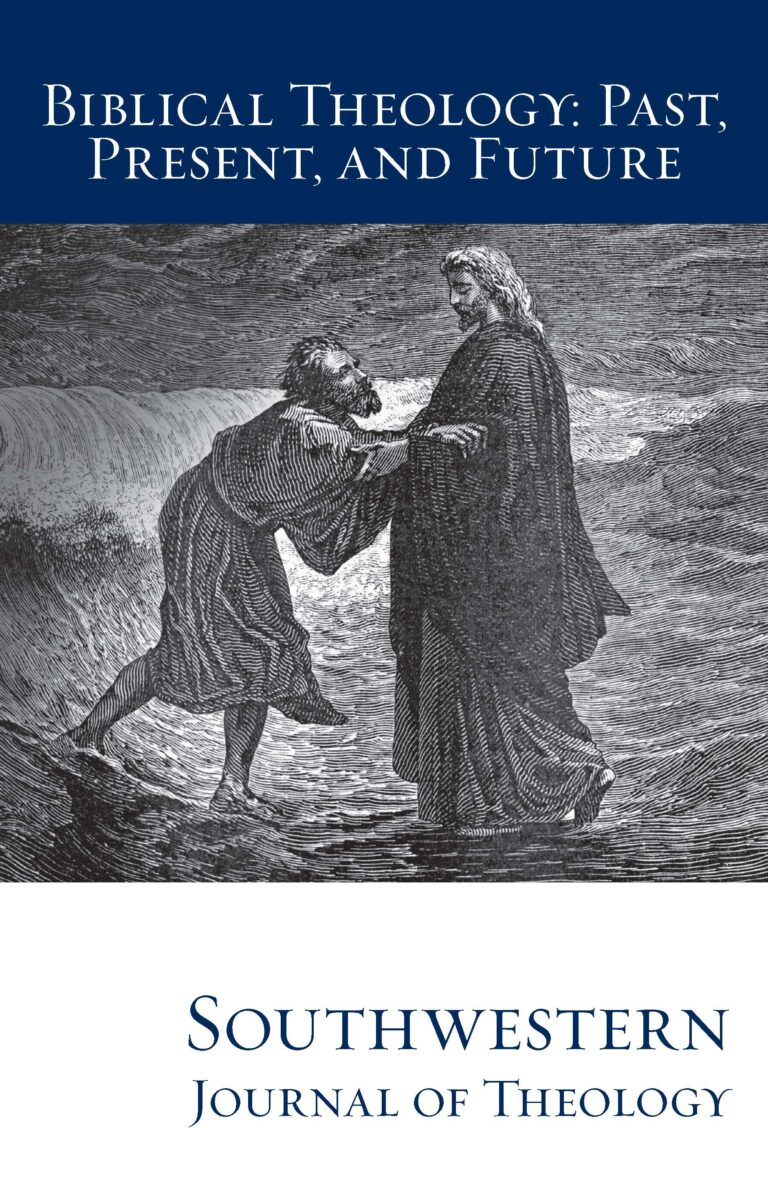
Biblical Theology: Past, Present, and Future (II)
Southwestern Journal of Theology
Volume 56, No. 1 – Fall 2013
Managing Editor: Terry L. Wilder
By Joel A. A. Ajayi. Studies in Biblical Literature. Volume 134. New York: Peter Lang, 2010. 267 Pages. Hardcover, $15.99.
Perhaps one’s interest in studying the themes of aging and wisdom grows more acute as he or she increases in age and the appellation of sagacity grows more and more elusive. Such was certainly the case for this reviewer. Toward that pursuit, Joel Ajayi has produced a thorough, scholarly, and thought-provoking book on the significance of aging and wisdom in the Old Testament. While he is careful to acknowledge that long life is certainly no guarantee of wisdom, Ajayi demonstrates a clear relationship between these two themes.
The book begins with a comprehensive literature review on the subject of elders in the Old Testament. Ajayi demonstrates detailed research that is critically analyzed. The author is not afraid to point to deficiencies within earlier works, but when he does, he carefully delineates his position with reason and research.
Throughout the work, the author displays keen language skills that are informed by Hebrew grammar, syntax, and ancient Near Eastern comparative analysis. He not only traces the various words and phrases used in the Hebrew Bible for elders, he demonstrates how they are used and connected. Similarly, in his discussion of wisdom, Ajayi both defines the term and analyzes its uses in Scripture, synonyms, characteristics, contextual parallels, and antonyms. After a systematic examination of the term, his summative definition (69 ff) is by no means original and understandably general, but captures the essence of this biblically rich concept. He helpfully demonstrates the intellectual as well as practical aspects of wisdom and accurately concludes that true wisdom ultimately finds its origin in Yahweh (74).
Ajayi acknowledges that the Bible offers no definition for “old age” (102); thus, any discussion of the role and significance of elders is depending on its use in context. Nevertheless, according to the author, the connotation of elders in the Old Testament appears to shift in “semantic nature and/or social religious function” (102) throughout the period recorded in Scripture. He maintains that the concept of elders in the Old Testament originally seems exclusively related to chronological age, but develops into a leadership function that may not necessarily refer to one who is advanced in age. Unfortunately, his tracing of such development is somewhat inhibited by his ambiguity regarding the historicity of the “real historic figures” of the pre-monarchical times (115). However, he finally concludes that the “folkloristic nature of several parts of these materials . . . are reflective of some transmitted traditions” (115).
Ajayi contends that the major function of old age, or gerassapience (a term he coined) is didactic. That teaching or guidance coupled with the respect inherent with seniority in the community allows for the leadership influence of elders. Ajayi traces many such evidences throughout Scripture concluding that the functional elements of gerassapience include: instruction, counsel/guidance, lifestyle legacies, and literary legacies (211-12).
Despite the obvious limitations of tackling two such broad fields as wisdom and elders in the Old Testament, and occasionally getting sidetracked chasing text-critical rabbits, Ajayi more than admirably contributes to the field. The work is well-written, thoroughly researched, and meticulously documented. Students and teachers will find much to stimulate knowledge and further research. Where further analysis is needed, Ajayi helpfully points the way. Finally, readers will both experience the profound influence of many of the senior saints who have gone before us and be challenged to leave behind our own legacies of faith.





